The Biography of a Redwinged Blackbird (1946)
Here are male redwings, feeding together in Florida
Gênero : Documentário
Runtime : 10M
Sinopse
Follows a blackbird familty through processes of nest building, breeding and hatching
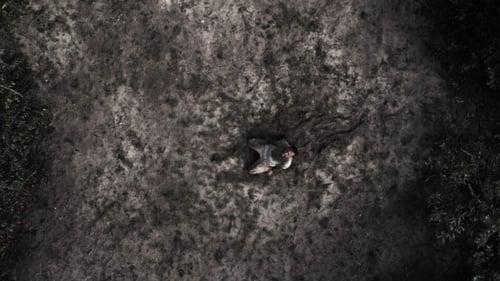
Tomás, a birdwatcher and photographer, tries to give his career a push by taking an impossible photograph: an albino bird never seen outside captivity. To this end, he drags his wife and daughter to the Amazonian forest.
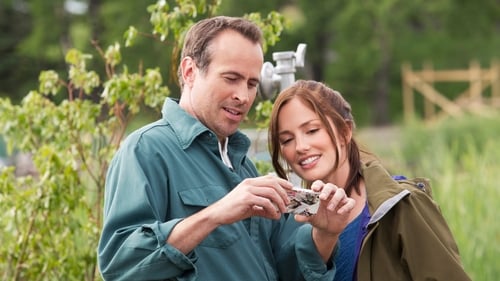
A hostilidade se transforma em outra coisa entre um fazendeiro viúvo e uma ornitóloga insistente que veio para sua fazenda para salvar uma família de cisnes.

Assolada por alucinações misteriosas, uma mulher grávida suspeita que a família do namorado falecido tem intenções obscuras com seu filho, que ainda não nasceu.

Brewster is an owlish, intellectual boy who lives in a fallout shelter of the Houston Astrodome. He has a dream: to take flight within the confines of the stadium. Brewster tells those he trusts of his dream, but displays a unique way of treating others who do not fit within his plans.
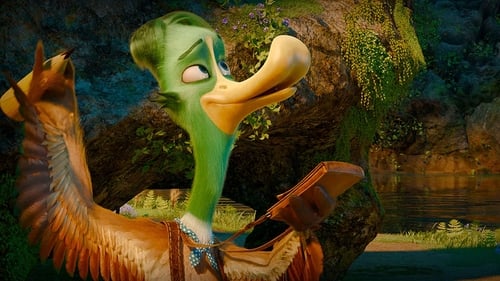
O conflito entre os Mandarin Ducks e os Military Mallards fica sério; Longway, o filho do imperador, e Erica, a filha do comandante, se tornam amigos, na intenção de lutar contra a Sra. Knout, um inimigo em comum, que deseja destruir o sol.

Das águas tranquilas de lagoas e pântanos até o azul selvagem dos vastos oceanos, experimente a beleza e a variedade desses pássaros majestosos, cada um perfeitamente projetado para seu habitat.

To the tune "I Would Like to Be a Bird," a young mouse fashions wings from a pair of leaves, to the great amusement of his brothers when his attempts to use them fail. When the butterfly he rescues from a spider proves to be a fairy, he wishes for wings. But his bat-like appearance doesn't fit in with either the birds or the other mice, and he finds himself friendless; even the bats make fun of him. Written by Jon Reeves

This experimental nature documentary by Minna Rainio and Mark Roberts depicts climate change and the wave of extinction from the point of view of our near future. Actually, it depicts the age we live in now, or rather its fateful consequences.
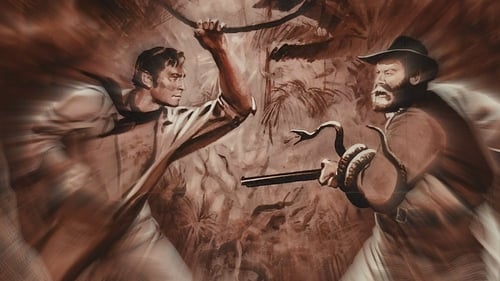
An ornithologist battles a family of bird poachers in the Florida Everglades.

In Pica Pica Kristersson invites the viewer to be enthralled for an hour and a half by the vicissitudes of magpie life. Opposing himself to the current nature films that tend to highly compress time in order to end up with a concentrated sequence of action-elements Kristersson leaves rhythm and tempo almost completely up to the magpies themselves. With great integrity he filmed the daily, social and emotional life of a species of birds that has many points of contact with human life. Thus, the movie offers us the oppurtunity to view our own everyday existence through other eyes, from a world right above our heads, but yet so far away.
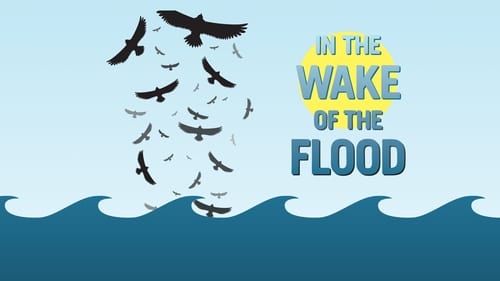
On the eve of her 70th birthday, Canadian writer Margaret Atwood set out on an international tour criss-crossing the British Isles and North America to celebrate the publication of her new dystopian novel, The Year of the Flood. Rather than mount a traditional tour to promote a book's publication, Atwood conceived and executed something far more ambitious and revelatory--a theatrical version of her novel. Along the way she reinvented what a book tour could (and maybe should) be. But Atwood wasn't selling books as much as advocating an idea: how humanity must respond to the consequences of an environmentally compromised planet before her work of speculative fiction transforms into prophesy.

Swedish documentary on African birds.
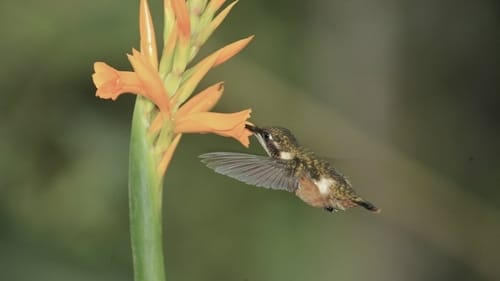
David Attenborough narrates this close up look at these tiny pollinators captured in flight as never before. Acrobats of the air - flying jewels - iridescent partners of countless plants: hummingbirds are amongst the most remarkable creatures on our planet.

An anonymous narrator outlines a bizarre journey taken through "H", aided by a series of extraordinary maps, and his previous dealings with the mysterious Tulse Luper and the keeper of the bird house at the Amsterdam Zoo.

Finland’s first nature documentary. The filmmakers’ expedition leads them all the way to the Åland Islands and the Karelian Isthmus.

In the early 1980’s two hundred pairs of common terns (Sterna hirundo) were forced to abandon their last natural nesting place on a river island near a major European capital Riga. Looking for a new habitat, the birds chose the flat pebbled roof of a concrete island – a printing house – in the middle of the city. The first generation of birds to grow up on this roof and fly to Southern Africa every winter have covered the distance from the Earth to the Moon. During the film various human attitudes towards the terns will emerge. The attitude of the birds is clear – they view things form above.

Four scenes each just over a minute long showing a collage of filmed owls placed on top of a scene from a British film of the 1940s (This Happy Breed, 1941). In each scene owls appear and disappear.

Three birds struggle with life's challenges - each in their own way.
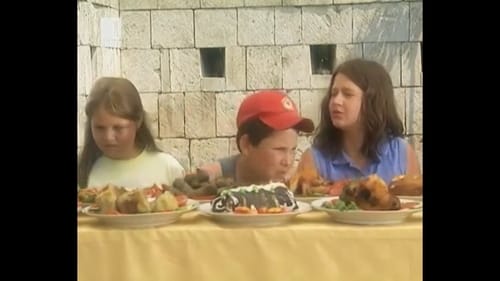
The film is a children comedy about six fat boys who experience great adventures while fighting hunger. They realize what friendship means and finally turn into little men.














